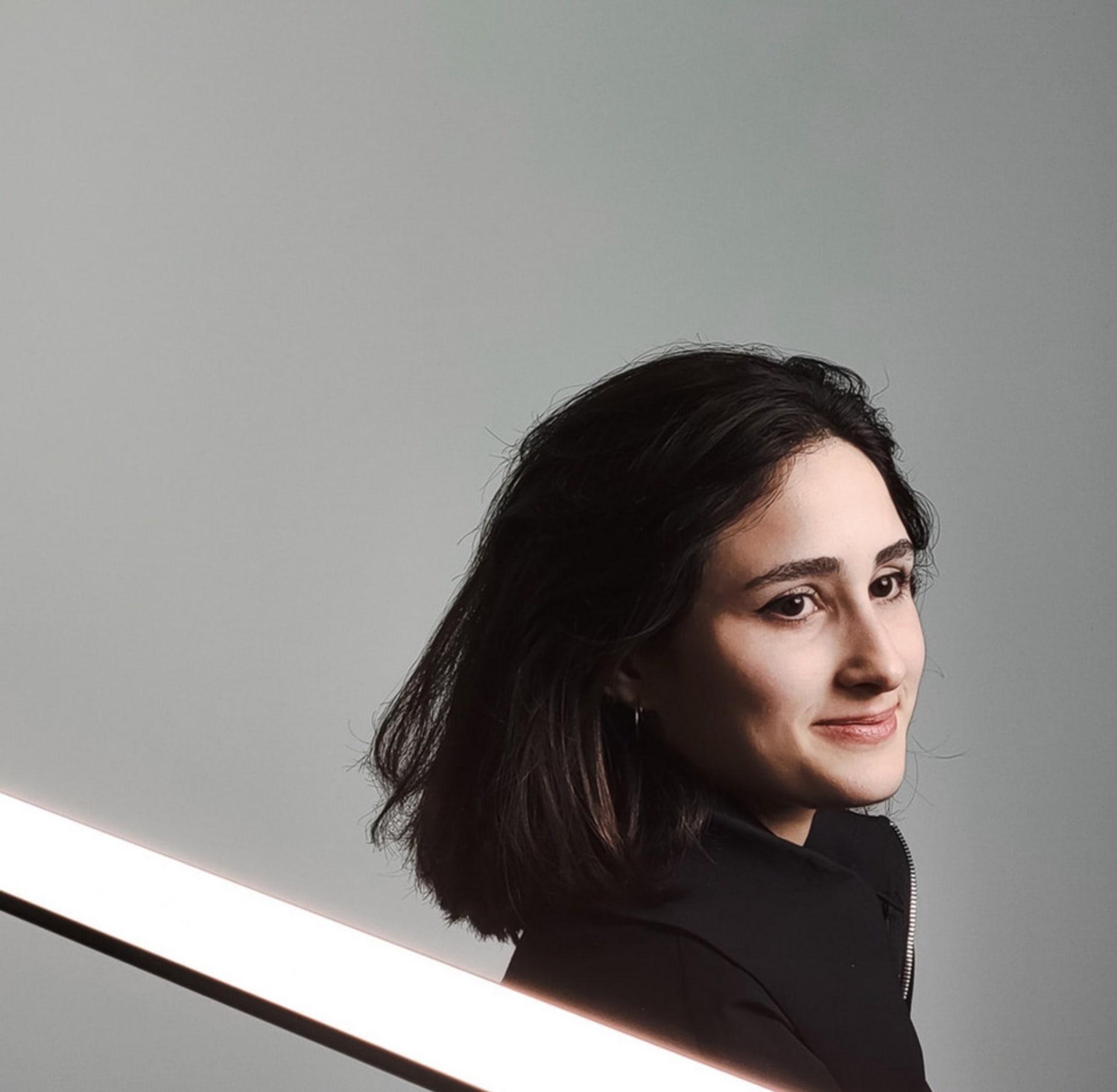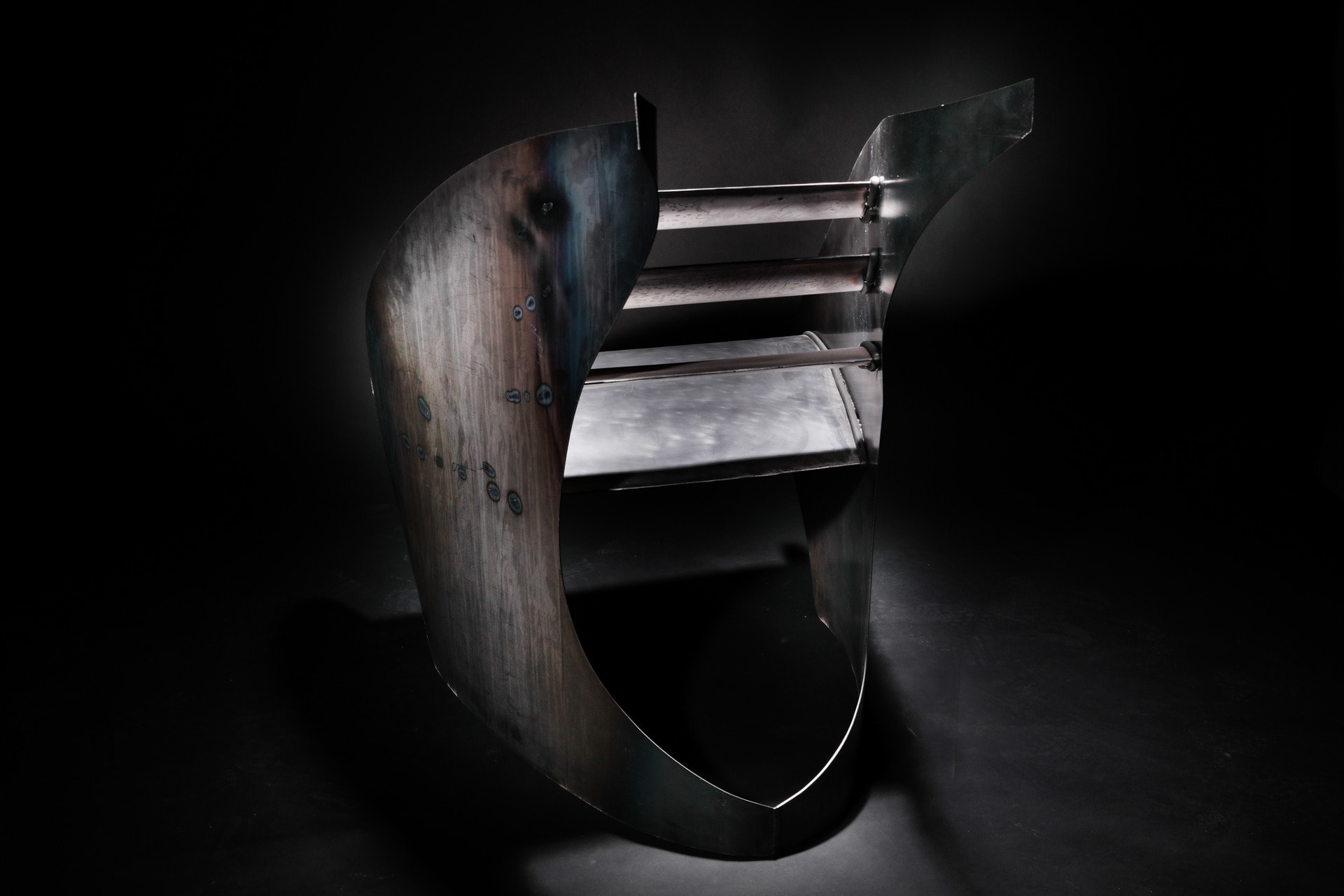Selene is an aerodynamicist designer focusing on leveraging the unseen power of the air. She studied aerospace engineering at UCLA and worked as an automotive aerodynamics engineer in the industry before joining IDE. Fascinated by the power of invisible forces of nature, she drives her designs from a geometry, sustainability, and functionality lens. She is interested in biomimicry, pressing environmental issues such as pollution mitigation as well as the future of work, the roles of designers and engineers, and freedom of speech. Feeling confined within the predetermined boundaries of contemporary engineering, she decided to add a design path to her toolkit which she believes that every creator, whether technical or non-technical should have an understanding of.
Selene Sarı


I draw my inspiration from my background in engineering and experience as an automotive aerodynamicist in the EV industry, where I developed a deep understanding of the physics of air and its impact on design.
I developed a particular fascination with the movement of air and what the hidden power of flow patterns can reveal. Treating it like a frontier between art, design, and engineering, I try to turn aerodynamics into the language that I utilize for design, both in a literal and conceptual manner. Malcolm Sayer, the inventor of the iconic E-Type Jaguar which he perfected only using streamlining techniques, is one of my biggest sources of inspiration.
I believe that there is something undiscovered about the beauty and philosophy of fluid dynamics that can translate into a combination of function and a niche aesthetic representation. From wind-sculpted chairs to making the invisible visible, I focus on leveraging the unseen and unnoticed and augmenting it to a new mission and function. I am interested in biomimicry, sustainability practices, material exploration, pollution mitigation and geometric explorations, and everything that is concerned with amplifying and visualizing the effects of phenomena that humans are not evolved to detect yet.
I felt restricted by the current definition of engineering in the industry and worried by the fast advance of automation which is why I wanted to become a design engineer. I developed a concept called a DE51GNEƐR which is the fusion of the current roles of designers and engineers resulting in a curator of thoughts and a conductor of an orchestra of sophisticated tools. I believe that this will be the future of these professions and that we all need to understand the fundamentals of both design and engineering to adapt to the unpredictable future of work. I am also interested in developing tools for the future workplace where the current and extremely outdated understanding of productivity and work hours are completely shifted.
I founded Art of Aero, as a representation and archive of all my attempts to unveil and make sense of the parallels between fluid motion and everyday life.
I am also a co-founder at Ghost Labs, a creative design studio, with Seb Tam, Priyanshu Mukhopadhyay, and Orestis Neokleous.
And finally, I created Vox Aeris, the first device of its kind that purifies air using sound and aerodynamics.










